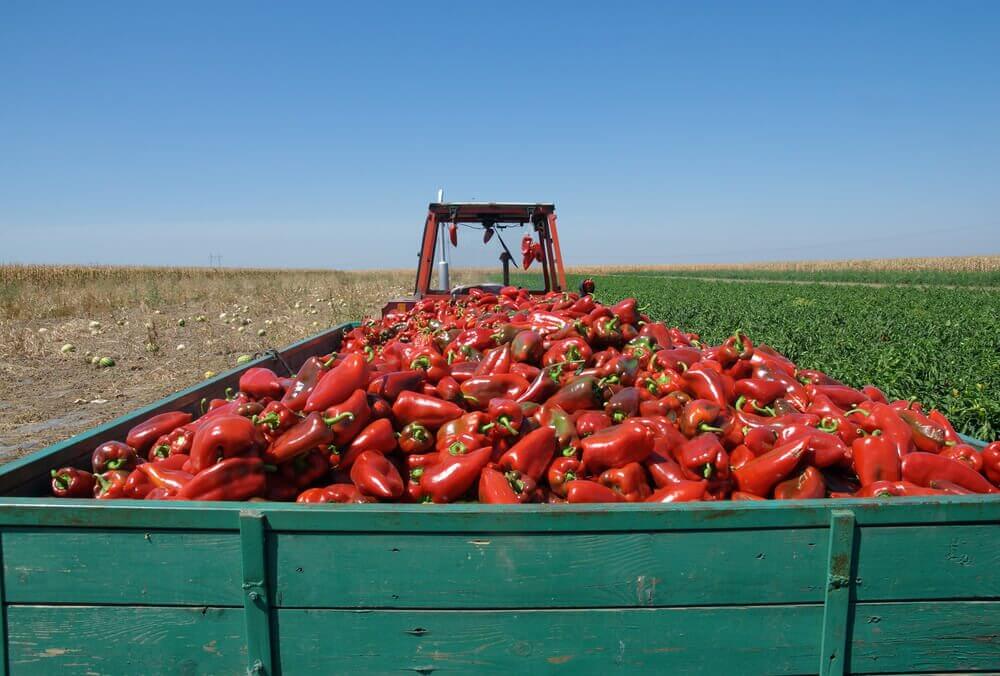After a record-setting couple of years for foodborne illness outbreaks, Congress decided that some of the health standards needed to be updated. They came to this conclusion because, while foodborne illness and deaths had been decreasing since 1999, economic constraints forced food producers to cut staff in both production lines, and storage. Outbreaks swelled during 2010 and 2011.
In late 2010, Congress updated the safety standard mandate through the Food Safety Modernization Act (FSMA). It directed that food processors and transportation companies work more closely to ensure the safety and freshness of North America’s foods.
How common are foodborne illnesses?
Statistics from last year tell us how widespread this problem is: nearly 46 million Americans fell ill to foodborne diseases like E. Coli, Salmonella, and Toxoplasmosis. Nearly 130,000 were hospitalized for two days or more, and more than 3,000 Americans died from the effects.*
What does this mean for trucking companies?
For truckers, improving the sanitation and quality of the food they transport is now being done using the latest technologies, such as Global Positioning Systems to keep a record of where every pallet of food is at any given moment, as well as where it came from and where it is distributed. Many fleets are in the process of rolling this technology out as we speak.
Such tracing technologies have now improved to the point where companies can keep track of not only where a product is, but also the temperature it’s stored at, among a wealth of other information.
“Technology is actually pretty good,” said Dr. John Ryan, president of Ryan Systems, who has spent more than 25 years developing high-tech quality control systems. “You can use sensors to get temperature readings at the pallet level and you can use GPS to track the load and cellular technology to transmit the temperature data in real time. We can also use sensors to detect tampering or find explosives.”
Tracking food at this level of detail will also allow companies to cut down on wasted fresh product that can become spoiled in transit. Currently, about 5 to 7 percent of fresh produce is lost during transportation.
“Produce with the shortest shelf life should be delivered first and through the shortest route,” says Ryan, “in order to give that retailer the most shelf life possible. Technology makes that doable.”
